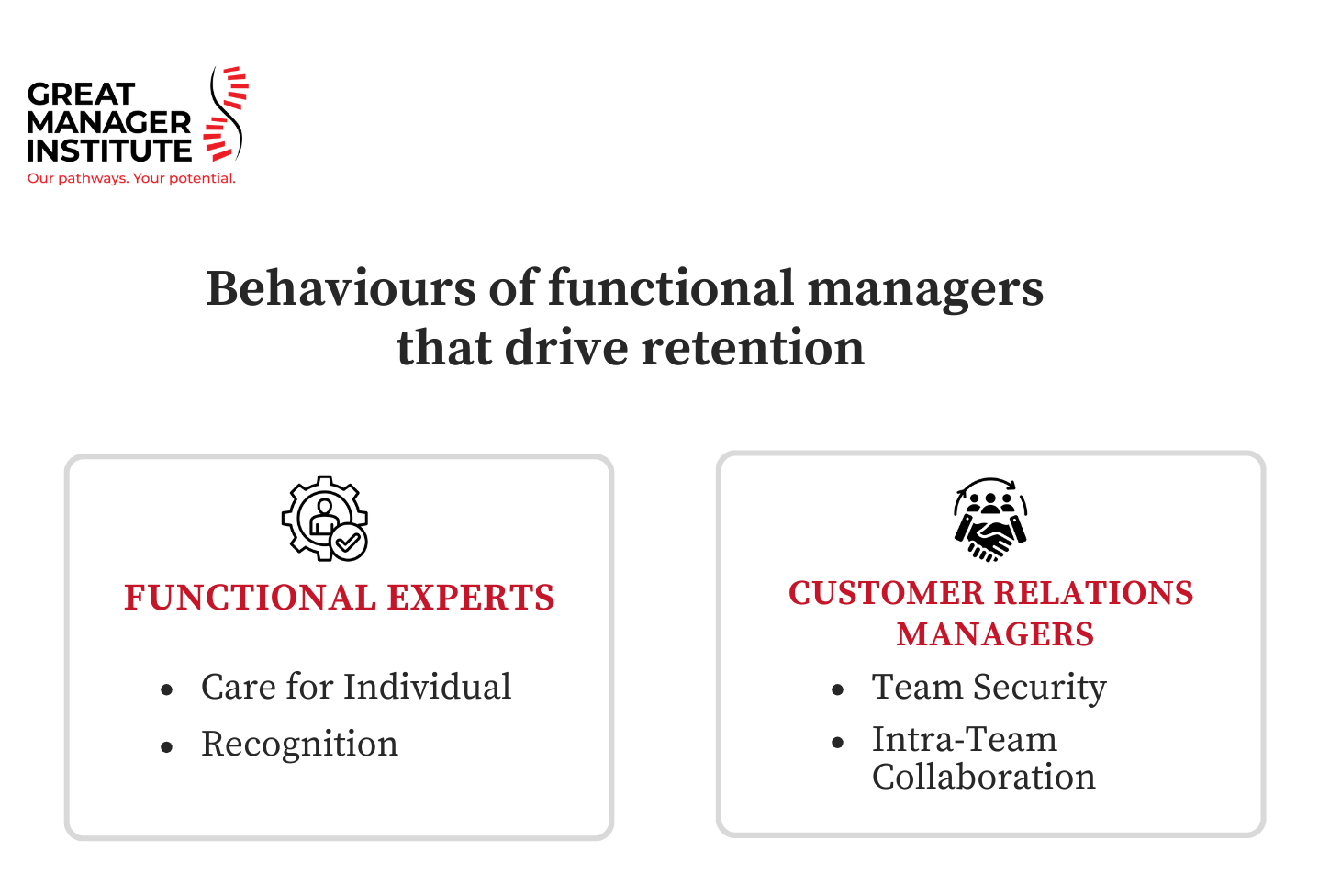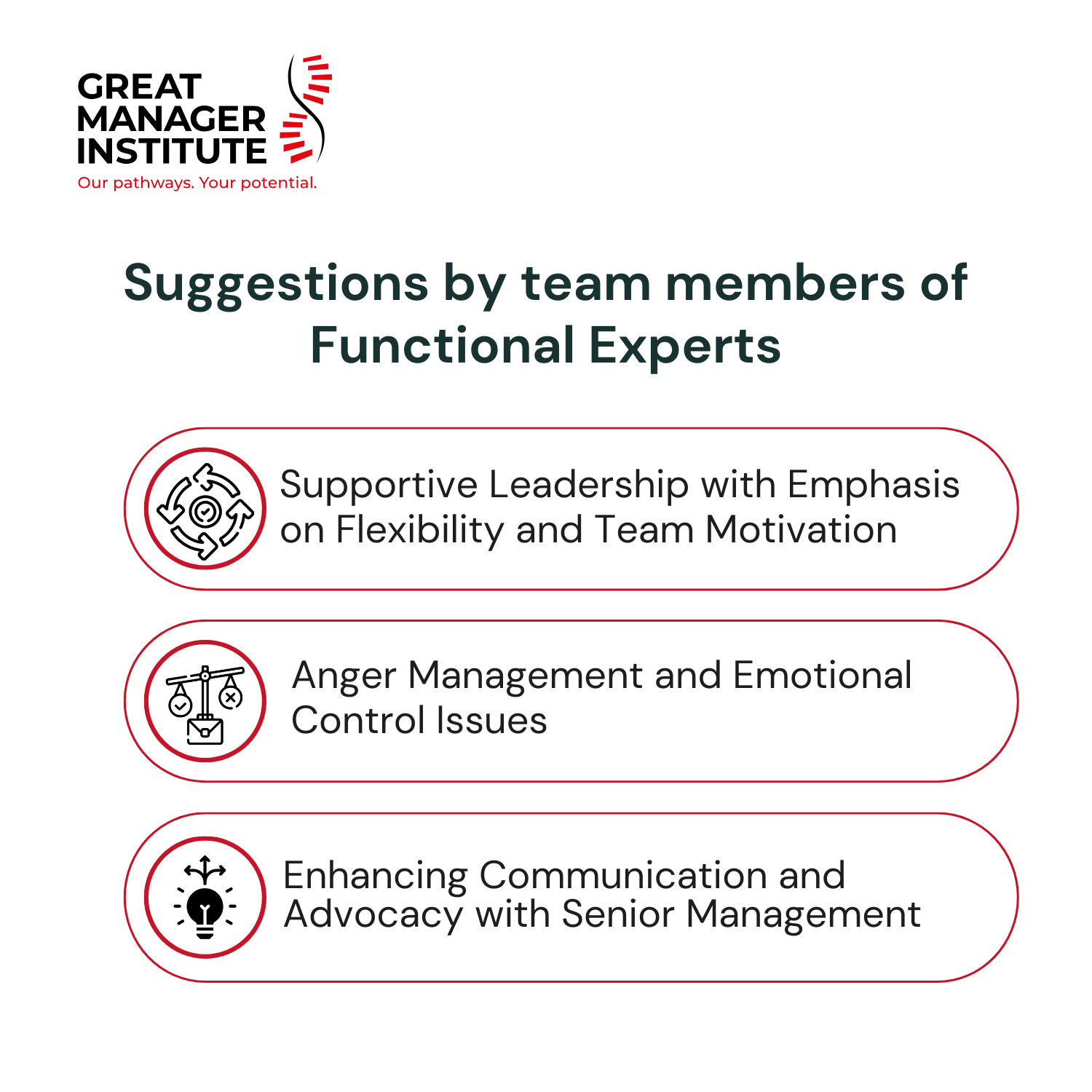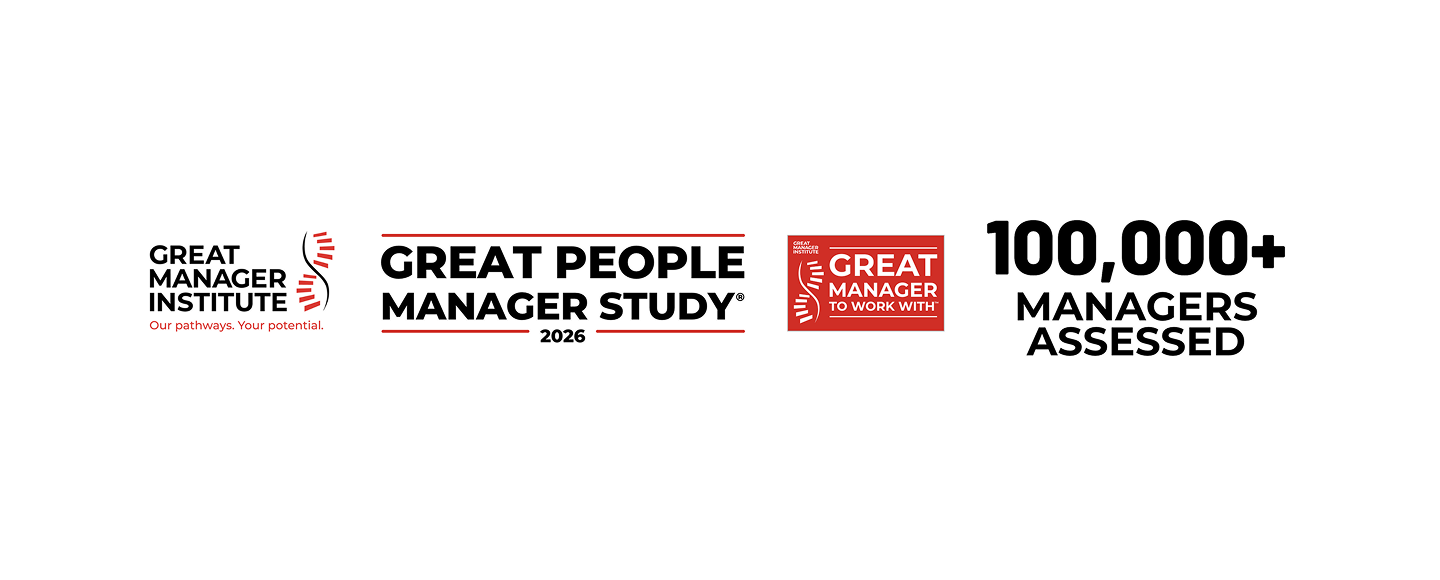In an industry undergoing rapid transformation, Remsons Industries Ltd. has taken a bold step forward by embedding Learning & Development (L&D) at the heart of its growth strategy. With over five decades of legacy in the cable and auto components space, the company recognized that staying relevant in today’s dynamic environment requires more than just operational excellence—it requires a culture of continuous learning, agility, and people empowerment. At Remsons, L&D goes beyond technical knowledge—it supports the holistic development of employees by focusing equally on building behavioural competencies such as communication, adaptability, and leadership. This integrated approach ensures employees are not only skilled but also emotionally and socially equipped to thrive in evolving roles.
Under the leadership of Group CEO Amit Srivastava, Remsons has reimagined its L&D philosophy, not just as a support function, but as a catalyst for organizational evolution. The approach is simple yet powerful: build people, and they will build the business.
A Cultural Shift: From Traditional Training to Strategic Development
Historically, Remsons followed a conventional training calendar. But the post-pandemic era exposed limitations in this approach—particularly with fixed mindsets, knowledge gaps in emerging industry trends, and an increasing demand for agile, customer-centric thinking.
Recognizing these challenges, the leadership team shifted gears. “We had to go beyond ticking boxes. Our people needed purpose-driven development—programs that speak to their roles, aspirations, and the evolving business reality,” explains Amit Srivastava.
People Make the Difference: The Pillars of Remsons’ L&D Strategy
Remsons launched five flagship programs under its renewed L&D framework, each tailored to address a specific need within the workforce.
- Employee Professional Development Program
Targeted at high performers identified through the McKinsey 9-Box Grid, this program develops employees with both the capability and potential to lead. Focused on functional upskilling, it aims to create a technically sound talent pipeline. “It’s not just about retention—it’s about building future leaders from within,” says Srivastava. - Employee Excellence Program
To make learning inclusive, Remsons introduced a budgeted initiative for employees with at least six months of tenure. Individuals were empowered to choose their own courses on platforms like Udemy and Coursera—encouraging both professional and personal growth. This autonomy nurtured ownership, curiosity, and a vibrant learning culture across all levels. - CEO Coaching & Mentoring Sessions
Breaking the traditional leadership-employee barrier, Amit Srivastava initiated direct mentoring sessions. Topics ranged from transformational leadership to managing Gen Z in the workplace. These engagements not only transferred practical insights but also strengthened trust between the leadership and the broader team. - Online Learning Management System (LMS)
Partnering with “One Hour Learning,” Remsons launched a digital platform with over 25 courses on behavioural skills, work-life balance, safety, and wellness. This “anytime, anywhere” model gave employees the flexibility to learn at their own pace, fostering a self-driven development mindset. - Maruti Suzuki MACE Collaboration
Remsons collaborated with MACE (Maruti Suzuki Centre for Excellence), a body under India’s largest car manufacturer, Maruti Suzuki, to provide employees with an online gold package offering real-time access to valuable technical training topics directly from the customer. This partnership enabled employees to gain insights and knowledge that are directly relevant to their work and industry standards.
The benefits of this initiative include enhanced technical expertise that aligns with customer expectations, improved collaboration with customers, and the ability to apply the latest industry practices within Remsons. By equipping employees with these resources, the organization not only strengthens its workforce but also deepens its relationship with key customers, ensuring long-term success and competitiveness in the market.
A Culture of Responsibility, Safety, and Awareness
In alignment with its holistic development goals, Remsons has also embedded key elements of safety, ethics, and compliance into its L&D framework. Regular safety drills and a well-structured safety calendar ensure that employees are prepared for any unprecedented event. Sessions are conducted to educate staff on how to respond in critical situations, emphasizing the safety of both individuals and infrastructure.
Given the substantial female workforce on the production line, Remsons has established strong protocols under its POSH (Prevention of Sexual Harassment) policy. Regular sensitization sessions are conducted—not only for women, but also for men—to ensure a respectful, inclusive, and safe workplace for all.
As a publicly listed company, Remsons also trains employees on vital areas such as compliance, ethics, insider trading, and whistleblower policies. These awareness sessions reinforce the organization’s commitment to transparency, accountability, and ethical conduct as integral parts of the employee learning journey.
Beyond Training: Engagement That Drives Learning
Remsons didn’t stop at content delivery. The HR team designed engaging activities to reinforce training and build excitement around learning. These included interplant quizzes, competitions, and public recognition for certified employees and internal trainers.
This shift added a human element to L&D—turning it into a shared experience rather than a top-down directive. It helped create a safe space where learning was celebrated, and growth was collective.
A Culture of Empowerment
Perhaps the most remarkable transformation has been in mindset. Fixed thinking is being replaced by curiosity, functional silos are giving way to collaboration, and learning is no longer seen as a task—but as a shared value.
“Leadership isn’t about giving answers—it’s about helping people ask the right questions,” notes Srivastava. “When people feel valued, supported, and trusted, they don’t just perform—they evolve. That’s the culture we’re building.”
This evolution has had ripple effects across the organization. Teams are more collaborative, employees are taking initiative, and cross-functional innovation is on the rise.
What’s Next?
With a solid foundation in place, Remsons is now looking ahead to support its growing diversification. The company is expanding not only in the cable segment but also into next-generation automotive technologies through strategic joint ventures. To support this evolution, Remsons is building a strong internal talent pool with specialized competencies—particularly in futuristic tech domains. Through its robust L&D structure, the organization is proactively bridging skill gaps, aligning talent with upcoming trends, and preparing teams to work closely with JV partners on advanced products. This forward-thinking approach ensures Remsons remains future-ready, with the right people in place to lead innovation and drive sustained growth.
Conclusion: A Culture Built to Last
Remsons’ L&D journey is a testament to the power of intent, innovation, and inclusion. By placing learning at the center of its culture, the company has strengthened its people, its performance, and its future.
In a time when the only constant is change, Remsons is proving that the best way to stay ahead is to keep learning—and to do it together.
As Amit Srivastava puts it, “Our legacy was built on quality. Our future will be built on people. And learning is the bridge between the two.”












